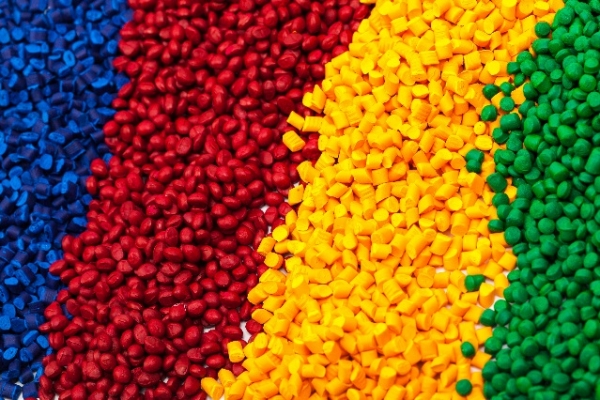Thermoplastic elastomers, also known as thermoplastic rubbers, or simply TPEs, are some of the best materials for when your product needs to have more flexibility. In this week’s blog post, we will go over the different types of thermoplastics, a brief history, and the benefits compared to other materials.
Different Types of Thermoplastics
According to ISO 18064, commercial TPEs come in six different classes, each with slightly different properties that make it suited for certain tasks and applications.
Styrenic block copolymers, TPS (TPE-s)
TPS are tri-block copolymers containing an elastomeric midblock and a polystyrene endblock. They are non-toxic, odorless and resistant to many different chemicals and conditions. This makes them highly suitable to outdoor conditions.
Thermoplastic polyolefinelastomers, TPO (TPE-o)
TPOs are based on a polyethylene backbone. They offer low-density and high flexibility and are commonly used as additives to PE and PP compounds to make them more flexible.
Thermoplastic Vulcanizates, TPV (TPE-v or TPV)
TPVs are produced by dynamic vulcanization or cross-linking of a rubber during blending and melt-processing with a thermoplastic at elevated temperature. TPVs are inexpensive and can be produced in high-volume, making them a good alternative to cheaper elastomers.
Thermoplastic polyurethanes, TPU (TPU)
TPUs are a linear segmented block copolymer composed of both hard and soft segments. TPUs, like other elastomers, are flexible, but also offer additional sturdiness, high resilience and a good compression set, making the incredibly versatile.
Thermoplastic copolyester, TPC (TPE-E)
TPCs combine the flexibility and strength of thermoset rubber with the processing ease of engineered plastics. They are high performance and high temperature elastomers suitable for extreme conditions.
Thermoplastic polyamides, TPA (TPE-A)
TPAs are light-weight thermoplastic elastomers based on polyester-amide (PEA), polyether-esteramide (PEEA), or polyether-amide (PEBA) block copolymers. They have incredibly low temperature flexibility, making them suited for chemical environments.
Not classified thermoplastic elastomers, TPZ
TPZs are thermoplastic elastomers that do not fall in any of the above categories.
History of Thermoplastics
While the origins of TPEs date back to the 30s with the invention of poly vinyl chloride by DuPont, TPEs became readily available with the advent of thermoplastic polyurethane polymers in the 1950s.
The 1960s saw styrene block copolymer become available, and by the 1970s there were a ride range of TPE materials available commercially.
Benefits of Thermoplastics
TPEs have many benefits compared to other materials such as PTFE or silicone.
- More Eco-Friendly than PTFE
- More Cost Effective than Silicone
- Consistent
- Medical and Food Safe
- Incredibly Versatile compared to other materials
If you need a material that is flexible, versatile, cost effective and eco-friendly, consider using thermoplastic elastomers!
If you need TPE seals, bearings or other industrial solutions, contact us at Advanced EMC Technologies today!


